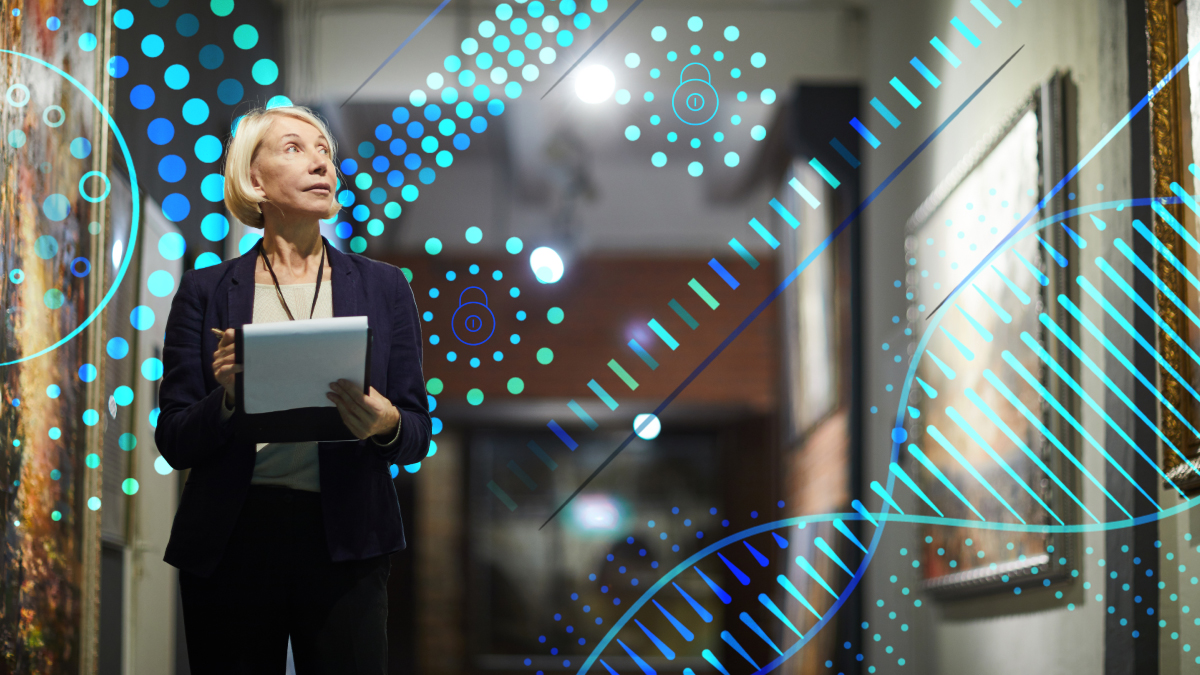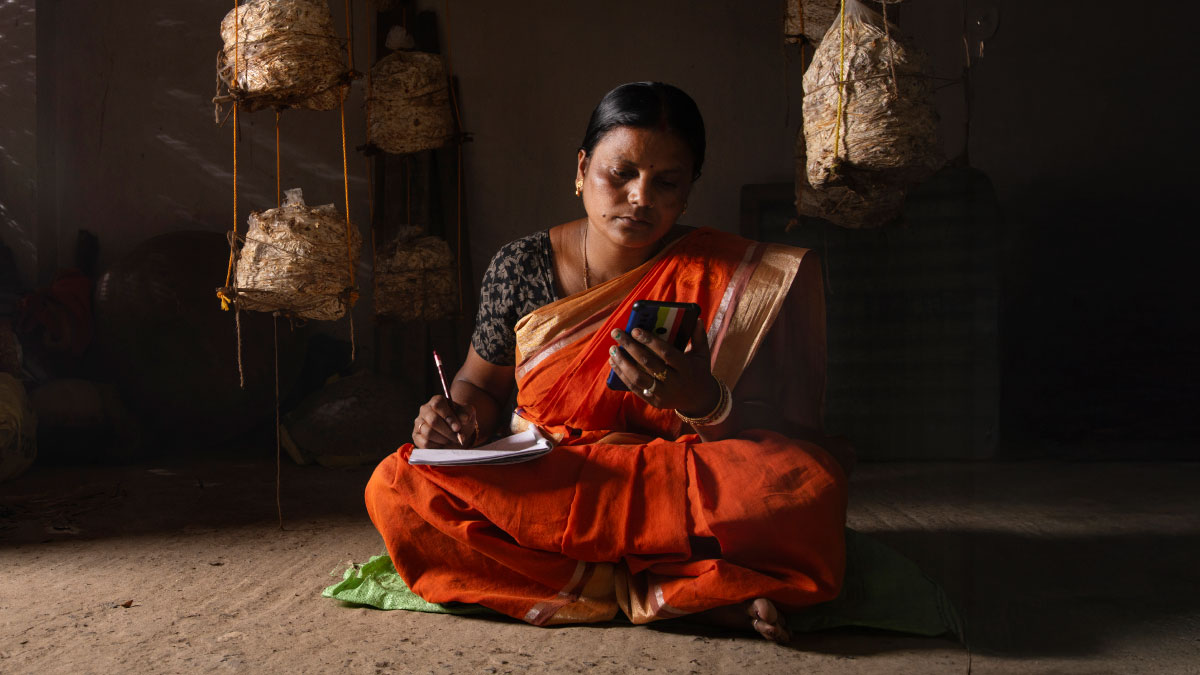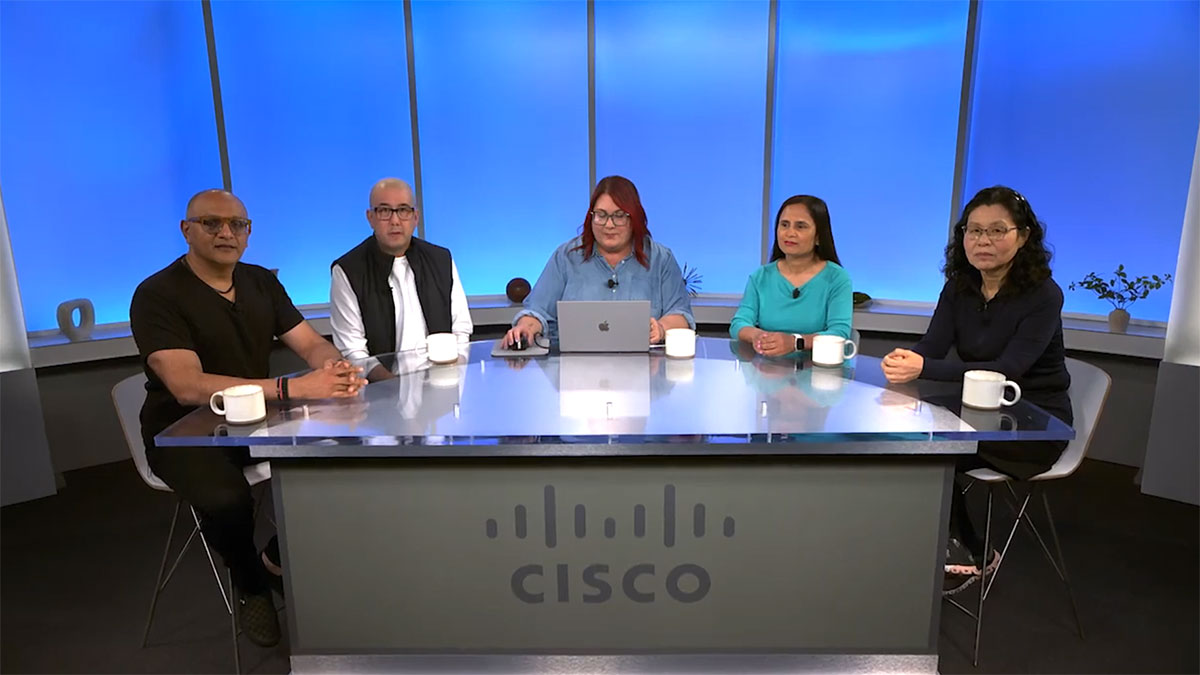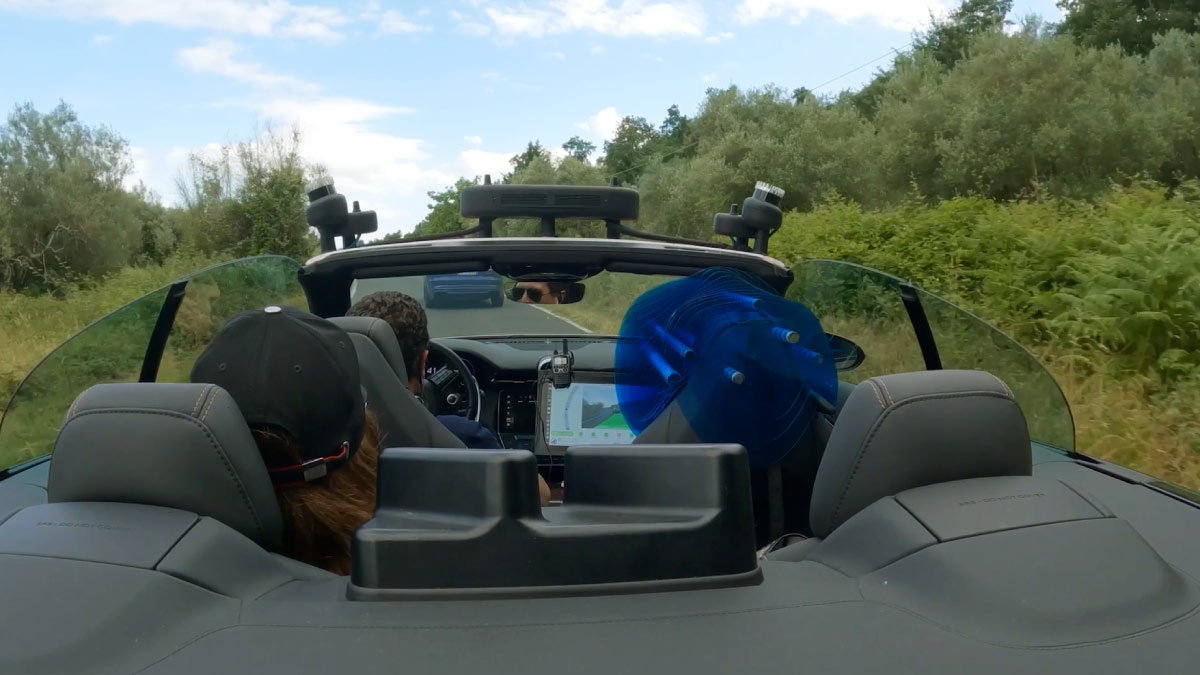In the Renaissance, Leonardo da Vinci set standards for art and technology that still amaze us today. So, it was only fitting that Cisco would establish a Cybersecurity Co-Innovation Center in his beautiful namesake museum in Milan, surrounded by masterworks of painting, sculpture, and invention.
Focused on security, digital privacy, education, and social impact, the center was opened in 2019 as part of a Cisco Country Digital Acceleration (CDA) initiative. And it brings together the best talent in technology, academia, and government — to help solve some of the biggest problems in today’s world, among them the sharp rise in cyberthreats and expanding gap in cyberskills.
“We are on track to connect 500 billion new things across the planet between now and 2030,” said Guy Diedrich, who as Cisco’s SVP and global innovation officer also leads CDA and the Cisco Networking Academy. “With the right security, each new connection represents a new opportunity. Without security, each connection is a new vulnerability. It’s that simple.”
Cisco’s core purpose is to power an inclusive future for all. That means using technology and innovation to sow opportunity, connections, sustainability, and equality throughout the world, particularly in underserved regions. But for all that to happen, security is paramount, especially as IT and security teams contend with rising complexity, ever-more sophisticated threat actors, and critical shortages of talent.
The stakes are high. Diedrich believes that security and privacy are human rights issues, disproportionately impacting underserved regions around the world. And that no one deserves to live below what he calls the security poverty line.
“It is our civic duty to ensure that everyone below the security poverty line has a level of safety,” he said.
Fabio Florio, Cisco business development manager for Italy and director of the Milan Co-Innovation Center, stresses that collaboration and partnerships are essential in the center’s quest for new solutions. And he views the center as a natural outgrowth of the longstanding relationships between Cisco, Milan, and the government of Italy.
“First, we are a co-innovation center, not an innovation center,” he explained. “Co-innovation means that it is not only innovation by Cisco. It’s innovation that we can build and produce together in collaboration with others — customers, partners, startups, universities, research centers, governments, everybody, to find concrete projects where we can work together to improve cybersecurity.”
Among many such projects was a joint effort with Telecom Italia to protect small-to-medium businesses, many of which lack the cybersecurity resources of larger enterprises. By simply logging into the Internet, more than a million of these smaller businesses are now protected by solutions like Cisco Umbrella.
A multi-dimensional approach to security
But technical solutions are only one side of the equation, which is what drew Greta Nasi to partner with the Co-Innovation Center. As director of the Master of Science in Cyber-Risk Strategy and Governance program jointly offered by Università Bocconi and Politecnico of Milan, she highlighted the center’s interdisciplinary perspective on cybersecurity, drawing in culture, education, leadership, governance, and more.
“If you just consider cybersecurity as a technical issue,” she said, “then it will be delegated to somebody who has the technical expertise. And usually if you look at the organizational charts, they almost never have the opportunity of making an impact, not even across the organization. So, it’s impossible to make an impact across society.”
With full access to the center, Nasi’s students can expand their own perspectives. And four Networking Academy classes are requirements in their curriculum.
It’s no surprise that Networking Academy is considered a prime resource for closing the cyberskills gap. The largest program of its kind, Networking Academy has empowered more than 17 million students in 190 countries since its inception in 1997 — with 2.7 million specializing in cybersecurity.
“It’s a free training,” Florio explained, “very specialized, but very wide in term of topics. You can cover cybersecurity, IOT systems, networking programming, languages, everything. You can do it online, or you can do it with the teacher. “And the most important thing that networking academy gives you is a certification that has a big value on the market for a student.”
Shifting perceptions of cyber defense
One challenge, Florio cited, is to change the perception of cybersecurity as a white male-dominated, purely technical discipline.
“We show a different view of cybersecurity,” he said, “that is more attractive to women, young people, and other groups. And they realize that attack defense is something that requires creativity and different kinds of skills.”
For organizations and governments, investing in those skills is every bit as important as the technology itself, Diedrich stressed.
“Education and innovation have to happen in parallel,” he said. “You can’t do them sequentially. If you’re going to be making the investments in security and digitization of your country or your organization and you don’t have a parallel education component, for training up or reskilling, then you’re just throwing money down a technology black hole. You’ll never see the value if you don’t have the people there to execute.”
Of course, partnering to prepare businesses for the next level of digital transformation is at the heart of the Co-Innovation Center’s mission — to ensure that they are efficient, sustainable, future-proof, and secure in an increasingly complex world. Simplifying that complexity — through automation and more advanced innovations around AI — will be increasingly important, along with preparing the IT workers of tomorrow.
“Organizations have several challenges now because the number of attacks is increasing and becoming more and more sophisticated,” Florio explained. “And security is becoming more and more complex to manage, organizations are using cloud, they have hybrid work, and data privacy is now a matter of business. So, we’re helping them to create the right cybersecurity for this next evolution of IT.”
###
Related content:




